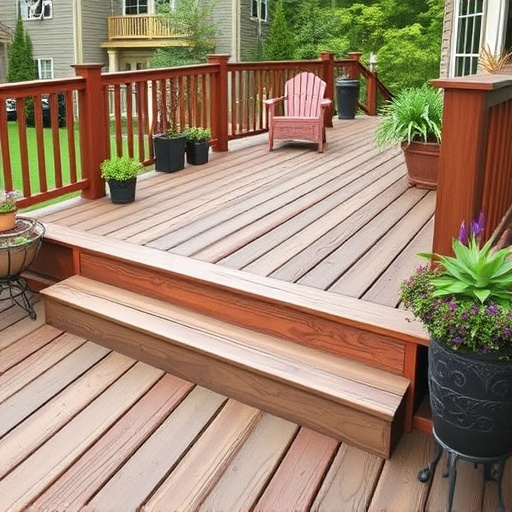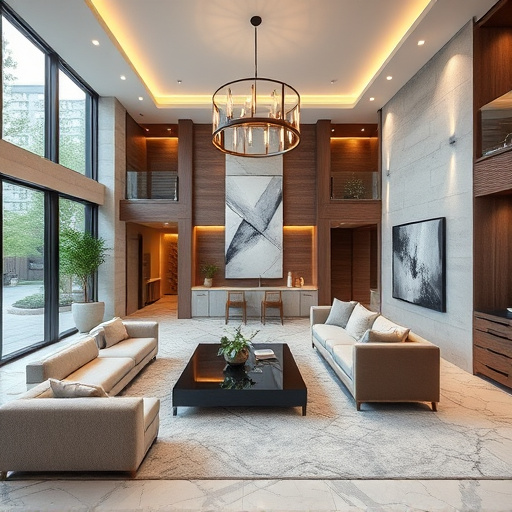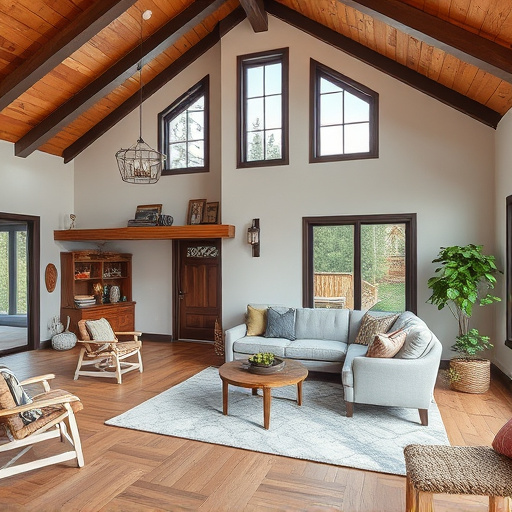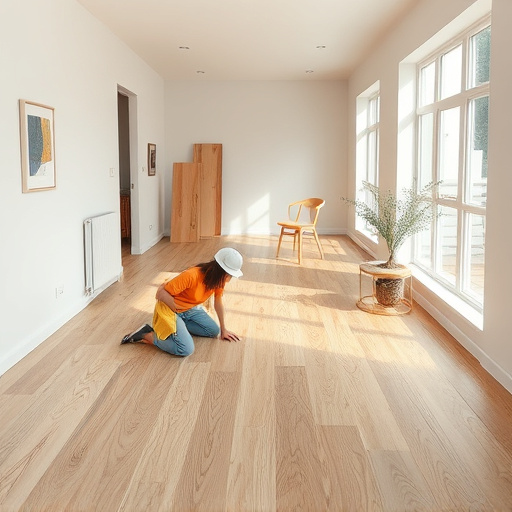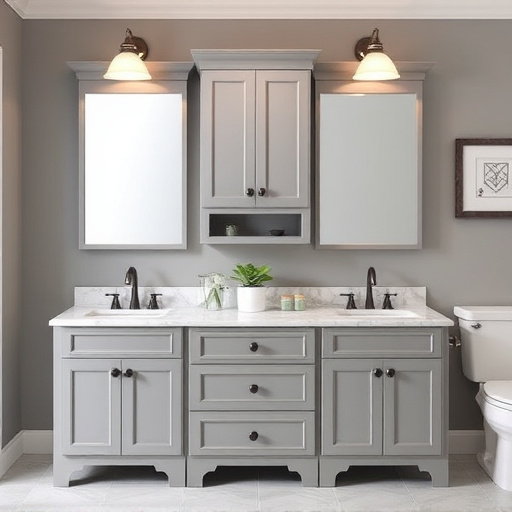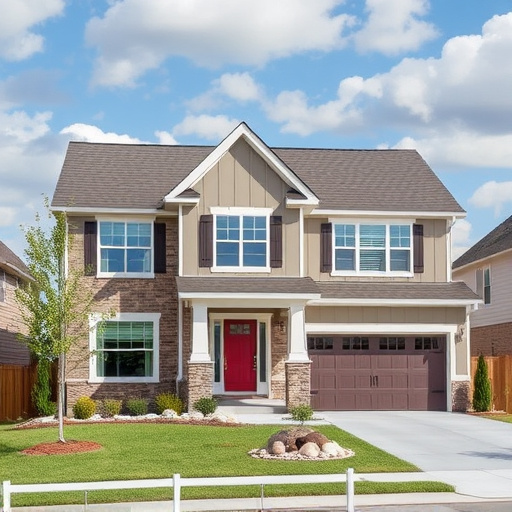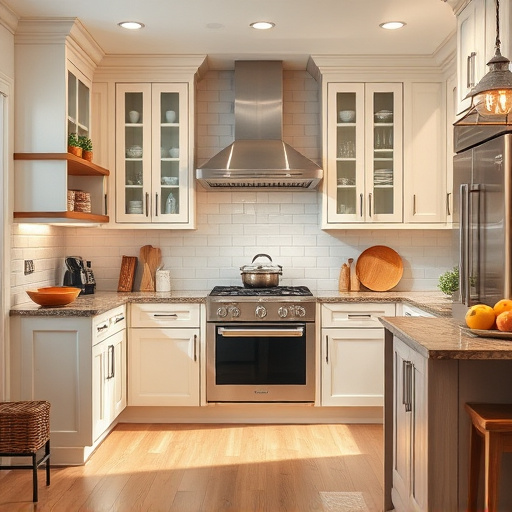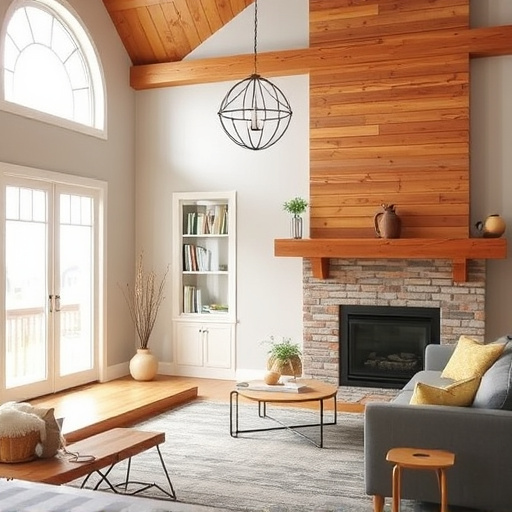Combining textures in flooring design transforms spaces, adding depth and visual interest. Complementary textures create balance, reflecting personal style and enhancing aesthetics. Contrast, blending smooth with rough, adds dimension, making rooms captivating. Scale contrasts for larger or smaller spaces, boosting comfort and personality through strategic texture play in modern flooring design.
“Elevate your flooring design with a touch of texture! Discover the art of combining textures to create visually stunning and modern floor plans. This comprehensive guide explores the secrets behind harmonious flooring aesthetics. Learn how to choose complementary textures for a balanced look or embrace contrast for a bold, contemporary style. From cozy carpets to sleek tiles, understand the dynamics of texture combinations to make your flooring design a true testament to your style.”
- Understanding Texture Combinations in Flooring Design
- Choosing Complementary Textures for Visual Harmony
- Incorporating Contrast for Modern Flooring Aesthetics
Understanding Texture Combinations in Flooring Design
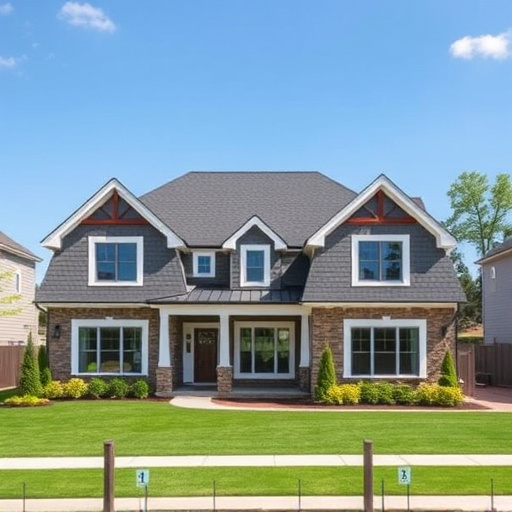
Combining textures in flooring design is an art that can elevate any space from ordinary to extraordinary. In the world of flooring, texture plays a pivotal role in defining the ambiance and overall aesthetic of a room. When considering home transformations or whole house remodels, understanding how different textures interact becomes essential for creating visually appealing and cohesive floor plans.
Texture combinations can add depth, visual interest, and a unique character to your flooring design. It could mean blending soft, plush carpeting with textured wood veneers or mixing smooth tiles with rug patterns. For example, in a modern living room, you might pair polished concrete floors with area rugs featuring intricate tribal patterns, creating a contrast that captivates the eye while providing warmth underfoot. This approach not only enhances the functionality of your floor but also becomes a conversation starter, reflecting your personal style and creativity in floor replacements or broader home transformations.
Choosing Complementary Textures for Visual Harmony
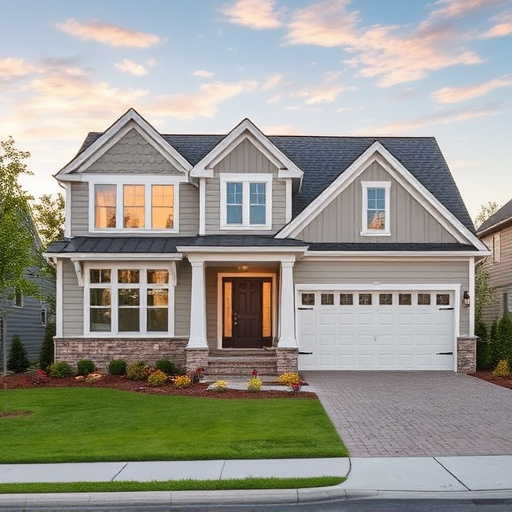
When creating harmonious flooring design plans, selecting complementary textures is a key step to achieve visual balance and aesthetic appeal. Textures play a significant role in defining the overall character of a space, adding depth and dimension. To ensure visual harmony, choose textures that share common characteristics or contrast subtly. For instance, pairing a smooth, polished wood floor with a woven rug or a subtle brick pattern can create a cohesive look.
Consider the scale and style of your interior spaces when selecting textures. In larger rooms, bolder texture contrasts can work wonders, while smaller areas benefit from more subtle choices to avoid visual clutter. When undertaking kitchen renovations or home renovation projects, combining textures effectively can transform ordinary spaces into stunning, inviting areas that reflect personal style while enhancing the overall flooring design.
Incorporating Contrast for Modern Flooring Aesthetics
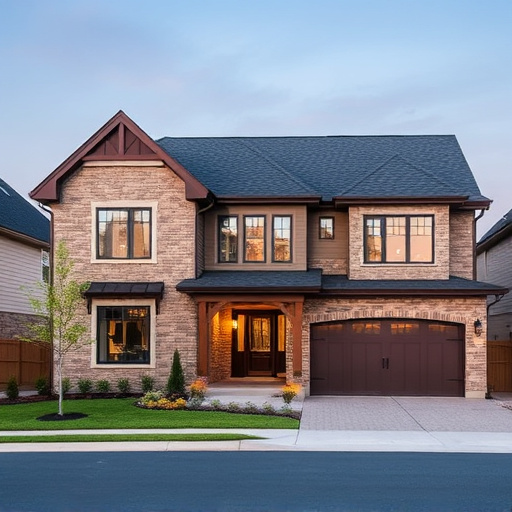
Incorporating contrast is a powerful technique to elevate the aesthetics of modern flooring design. By blending different textures, designers can create visually striking patterns that draw focus and define spaces. For instance, pairing a smooth, high-gloss ceramic tile with a rough, textured wood or stone veneer adds depth and dimension, transforming functional spaces into captivating areas. This contrast isn’t just about visual appeal; it also offers practical benefits in home transformations, enhancing the overall character and allure of renovation services.
When implementing this strategy, consider the scale and proportion of your space. In larger rooms, a subtle contrast can create an illusion of depth without overwhelming the senses. Conversely, smaller areas benefit from bolder textures to make them appear more expansive. This play of textures not only enhances the visual appeal but also contributes to the overall comfort and personality of a home, making it a key aspect in any flooring design plan.
Combining textures in flooring design plans offers a unique opportunity to create visually appealing and modern spaces. By understanding texture combinations, selecting complementary or contrasting textures, and thoughtfully integrating them into your flooring design, you can achieve a harmonious or edgy aesthetic that elevates any interior. Remember, the right balance of textures can transform a simple floor into a stunning focal point, enhancing the overall appeal and character of your home or commercial space.


